Touching Memory: A Conversation with Claudio Beorchia
Claudio Beorchia
For his latest project “di mano in mano”, on view at the METS – Museo Etnografico Trentino di San Michele, Claudio Beorchia invites visitors to defy museum conventions by touching selected artifacts. Through this tactile, ritual-like experience – mediated by embroidered gloves made by local women – the artist reimagines our relationship with memory, heritage, and the museum space.
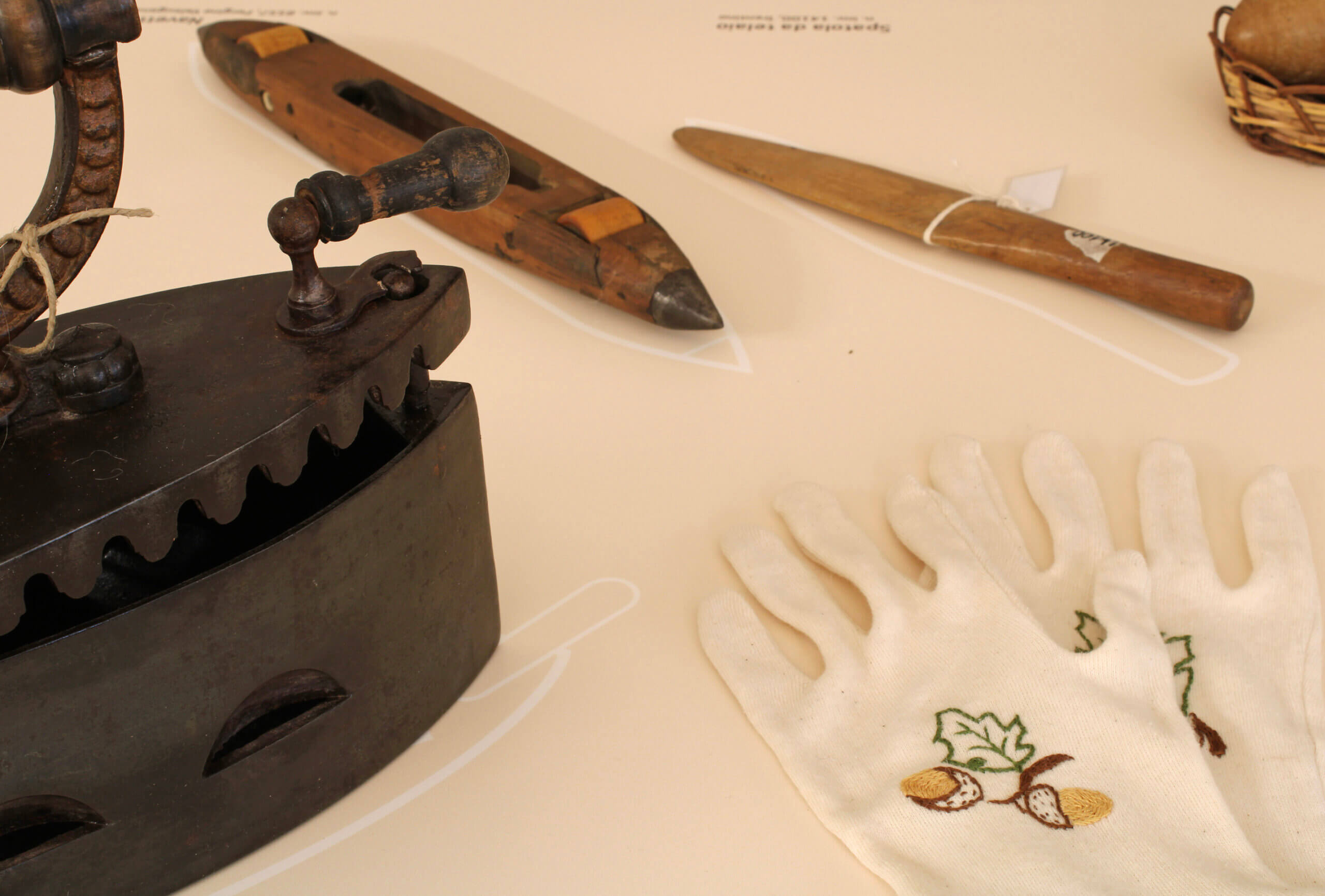
TS – Your project “di mano in mano” invites visitors to touch historical artifacts – an act typically prohibited in museums. What conceptual or emotional shifts do you hope to trigger in the audience through this reversal of the norm?
CB – METS is an ethnographic museum whose rich collections focus on objects, tools, utensils, and environments related to work, traditions, and life in the mountains. In its labyrinthine spaces there are rooms that talk about the work of the blacksmith, the carpenter, the miller; that illustrate life in the fields, on the alpine pasture, in the forest; that present folk and religious customs and celebrations. Rooms that tell, on the whole, what life in the mountains was like in a time not so far from our own.
It makes quite an impression to see everyday objects, made for hard manual labor and for use in harsh conditions, neatly placed behind glass cases, protected by the “do not touch” sign, accessible only to the eye. This is the case in all museums, but here, precisely because the artifacts are so material and physical in nature, the effect is different: it is as if the eye alone is not enough to truly understand the essence of the objects, the time they lived through, the events that marked them. The eye remains hungry: it cannot perceive the shapes and weight of those objects, the patina and textures of the materials, the scars of repairs, the signs of time and wear.
From this reflection comes the starting idea for my artistic intervention: to make some of the objects in the collection touchable by the public. Through touch the visiting experience is more intense, consistent with the nature of those objects. Direct contact makes us understand the work of those who made and fixed them, the toil of those who have used them for years, their relationship with the body, their contexts of use. It reflects on the present and how objects, functions, gestures of the past have changed over time: some enhanced by socio-technological evolution, others rendered obsolete by that very same evolution.
At the same time, however, I wanted the artifacts not to lose the aura that the Museum had been able to give them. They were still museum objects, special objects, which had to be handled with care and respect. Hence the idea of gloves, which visitors have to wear if they want to touch those objects. These are the classic white cotton gloves commonly used by museum workers when handling artifacts. But the gloves of the project – like the objects themselves – are also special: they were embroidered by women from Trentino who I involved in the project. In a process that lasted several months, they decorated the gloves with motifs and elements related to the territory and local traditions.
The hands – those of the people who made and used the objects, those of the embroiderers who made the gloves, and those of the visitors who touch the objects – are the protagonists of the work.
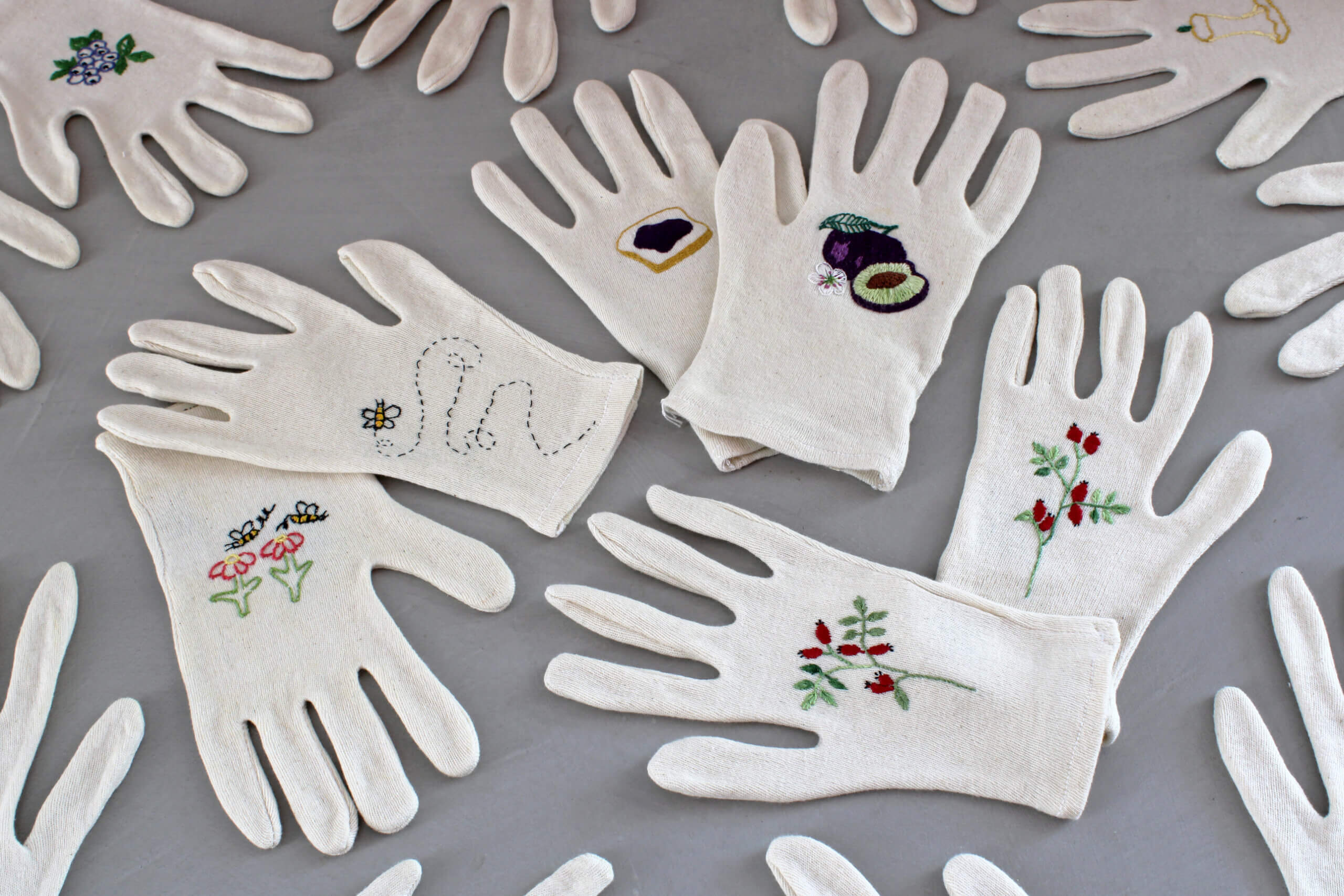
TS – Much of your practice involves participatory and relational approaches. How do you balance the role of the artist as initiator with the contributions and interpretations of the communities you work with?
CB – I like to consider my works as switches, as devices capable of activating the audience and those who participate in the projects, generating thoughts, discourse, actions. The artwork is completed when the audience interacts with it, when people “take home” the thoughts that the artwork was able to activate. Without people the work is half-finished, it is a device on stand-by.
Of course, incompleteness results in a certain indeterminacy and the absence of absolute control. But these aspects are also positive: it is stimulating to be surprised by your own work and by the people involved – or those enjoying it – are able to bring out aspects that I had not considered, are able to add personal elements, and make it evolve.
The cotton gloves I gave to the embroiderers were like blank sheets of paper. During the design process, I met regularly with the embroiderers to discuss the work to be done, but they were free to express themselves and their skills. Thanks to their work, I could immerse myself in a direct way in a world, that of embroidery, that I did not know before; at the same time, through the motifs and elements that the women chose to embroider, I was able to discover the motifs and elements related to their places and territory.
Making participatory and relational projects is a bit like designing a game. Of course, the artist initially sets the idea and theme of the game, its principles and rules; but the meaningful experience is manifested when the game is played, it is in the interaction between the players, in its dialogic sociality, in the experience that the participants have of it.
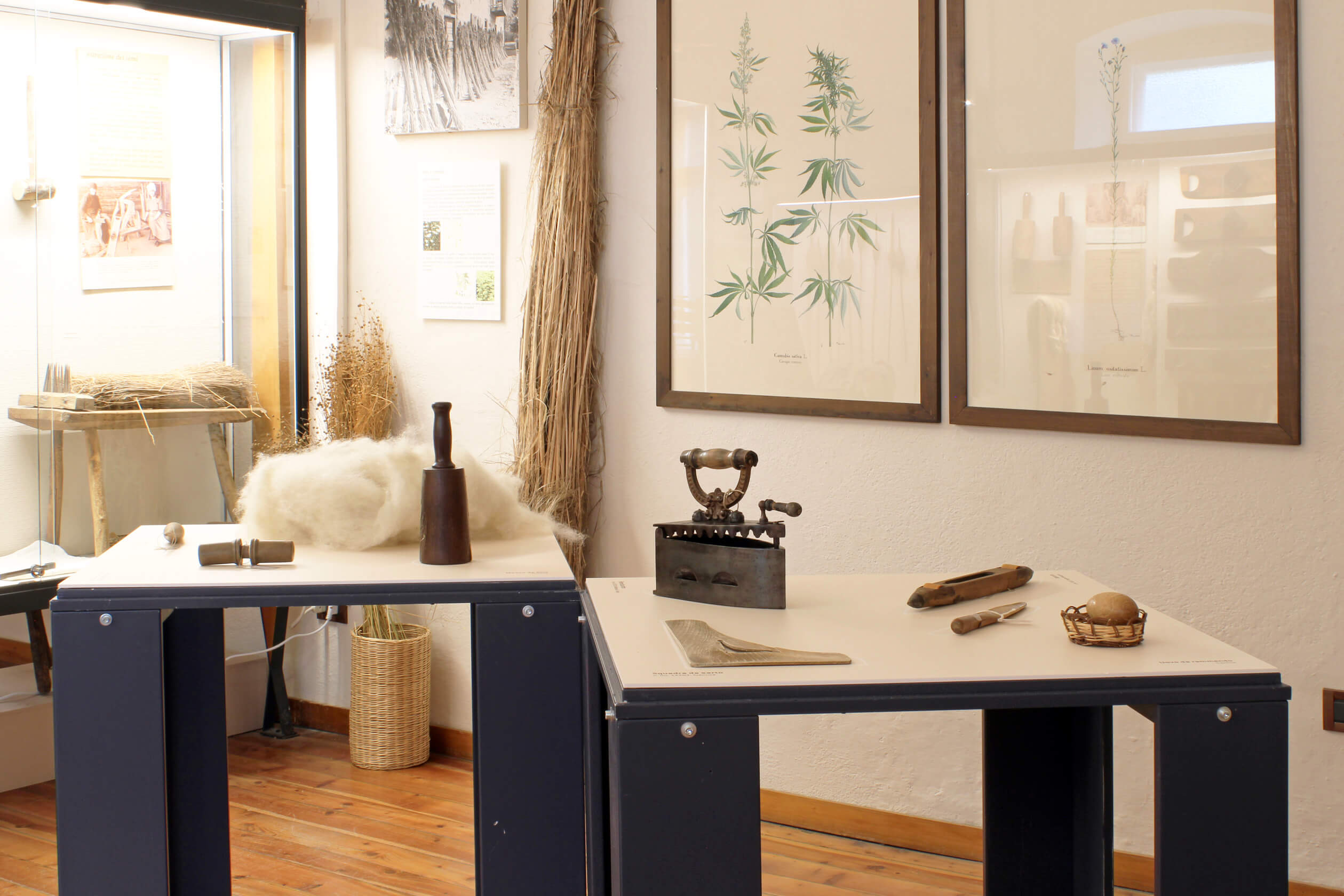
TS – As someone who has participated in over thirty artist residencies worldwide, how does the experience of temporary immersion in different cultural contexts shape your work – particularly in relation to memory and identity?
CB – As an artist, I don’t do much “studio life”. Of course, having a base – a protected space in which to think, to experiment, to design, to make – is important and essential, but it is outside that I find the cues, the kinks, the elements that start reflections and projects. Thinking back to “di mano in mano”, I doubt I could have conceived that project in my studio. The idea came among the halls of METS, spending a few days in the museum, studying objects, observing visitors, and chatting with the museum’s staff.
There is almost a biological need for me to be outside, in new contexts. The need to settle in, to adapt to the new context, to understand its dynamics and get in touch with its actors – these are all factors that help to constantly reposition my thinking and renew my point of view, to keep me alive, intellectually migrating.
In this type of practice, which is strongly site-responsive, I always try to be respectful and considerate, especially if the work involves the direct engagement of people and communities. When I enter a new context, it should not be forgotten that I am a newcomer. I do not possess elements of memory and identity that tie me to the places I am investigating, but I am curious and eager to discover and manifest them through my work. Memory and identity reside in the individuals and communities I engage; my role is to find unseen perspectives and revealing elements capable of activating and reflecting the communities involved, and then the public that observes the realised work.
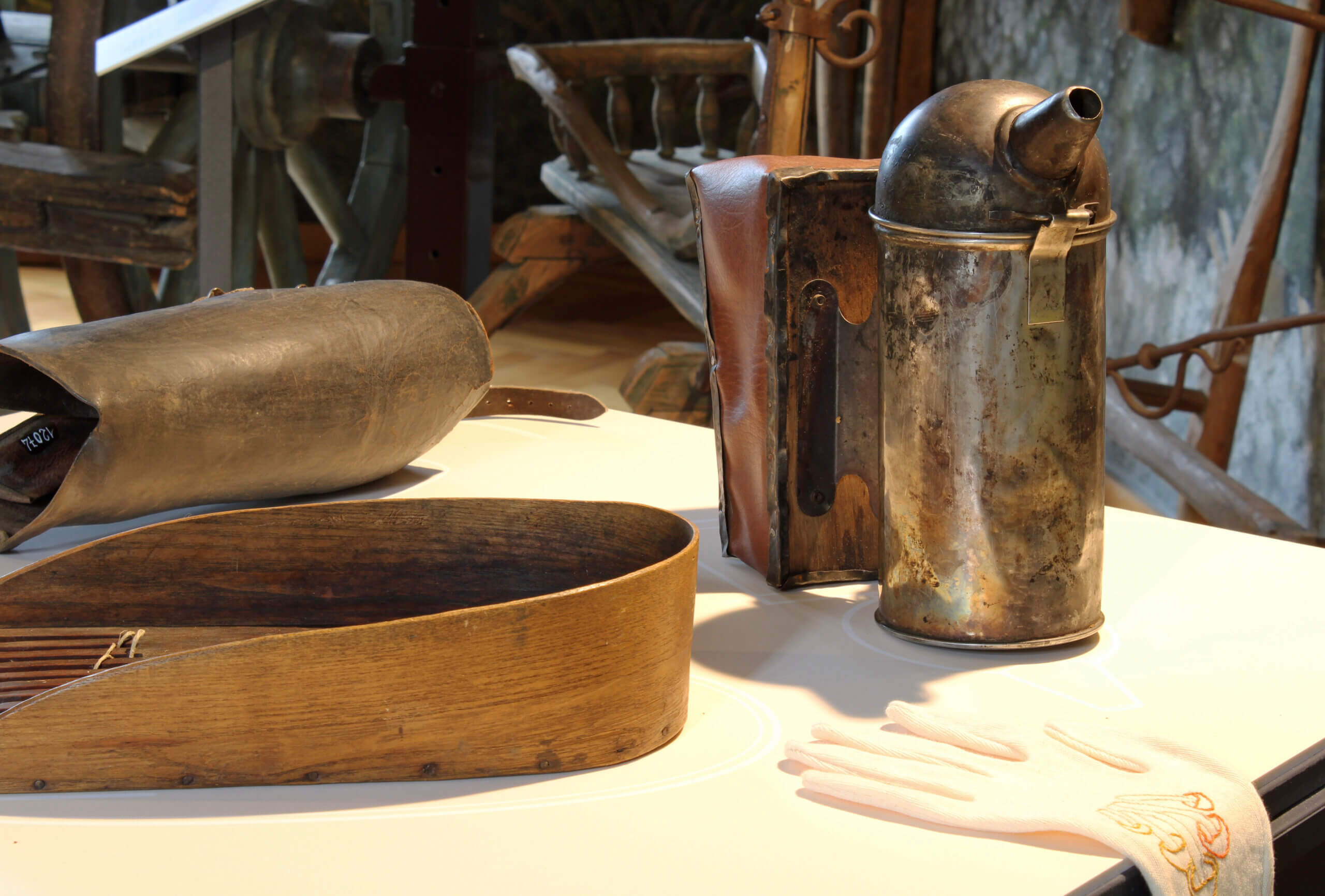
TS – In “di mano in mano,” the involvement of local embroiderers adds a layer of craftsmanship and collective authorship. How do you see the role of traditional female labor in contemporary art narratives?
CB – Embroidery, in the places and times evoked within the METS, was an important yet marginal women’s activity, occurring at the end of the day, when everything else – which was a lot: caring for the family and the house, tending the vegetable garden, preparing and preserving food, and much more – was done and there was finally some quiet in the house. Only then, by candlelight, women would have some time for embroidery.
Through “di mano in mano” I hope to have honoured, in a poetic and contemporary way, that activity. Because women’s work in history, despite being so important, is underrepresented, even within museum institutions.
Now, inside the METS, there are 84 pairs of gloves embroidered by women living in Trentino; before, there were none. These are gloves that visitors can wear and use to touch objects, and that they can observe to discover the motifs and the many embroidery techniques used. It is the work of some 40 women who carry on, with skill and dedication, techniques, forms and knowledge that can tell the story of a social context and its transformation. Women who understood the instances of my project and were happy to be a fundamental part of it.

TS – Your academic background spans design, visual arts, and a PhD in design sciences. How does this hybrid education influence your approach to creating site-specific works within institutional frameworks like museums?
CB – My education has straddled the line between design and the visual arts, although design is undoubtedly the discipline I have focused on the most. One of the most interesting aspects of design is the centrality that is given to the person (to the user, using an ugly term). The object, device, service or environment that is being designed must always keep in mind the intended audience. This is an important and distinctive disciplinary feature that goes beyond functionality and ergonomics, embracing cognitive, behavioural, emotional, and cultural domains. In my art practice, this helps me to put myself in the shoes of those who will look at my work, to adopt an empathetic and open attitude, to regard the audience as an essential and indispensable part of my works. This is not a given. Much contemporary art prefers to enclose itself in protected and self-referential bubbles, detaching itself from the public.
From a more pragmatic point of view, design offers me a set of tools that help me in the configuration and management of projects, even complex ones, allowing me to make use of multiple media, to work in heterogeneous contexts and in contact with different people. My works arise from poetic, even lyrical intuitions; but then it is necessary to transform ideas into real, tangible, meaningful projects. In this sense, the tools of design are undoubtedly useful.
It is my interest in people and in the work/observer relationship that has driven me, for several years now, to prefer museums as places of research and intervention. It is here that the work/observer relationship reaches its climax. Through my works in museums, I try to enact, with the complicity of the museums themselves, small poetic acts of sabotage and subversion.
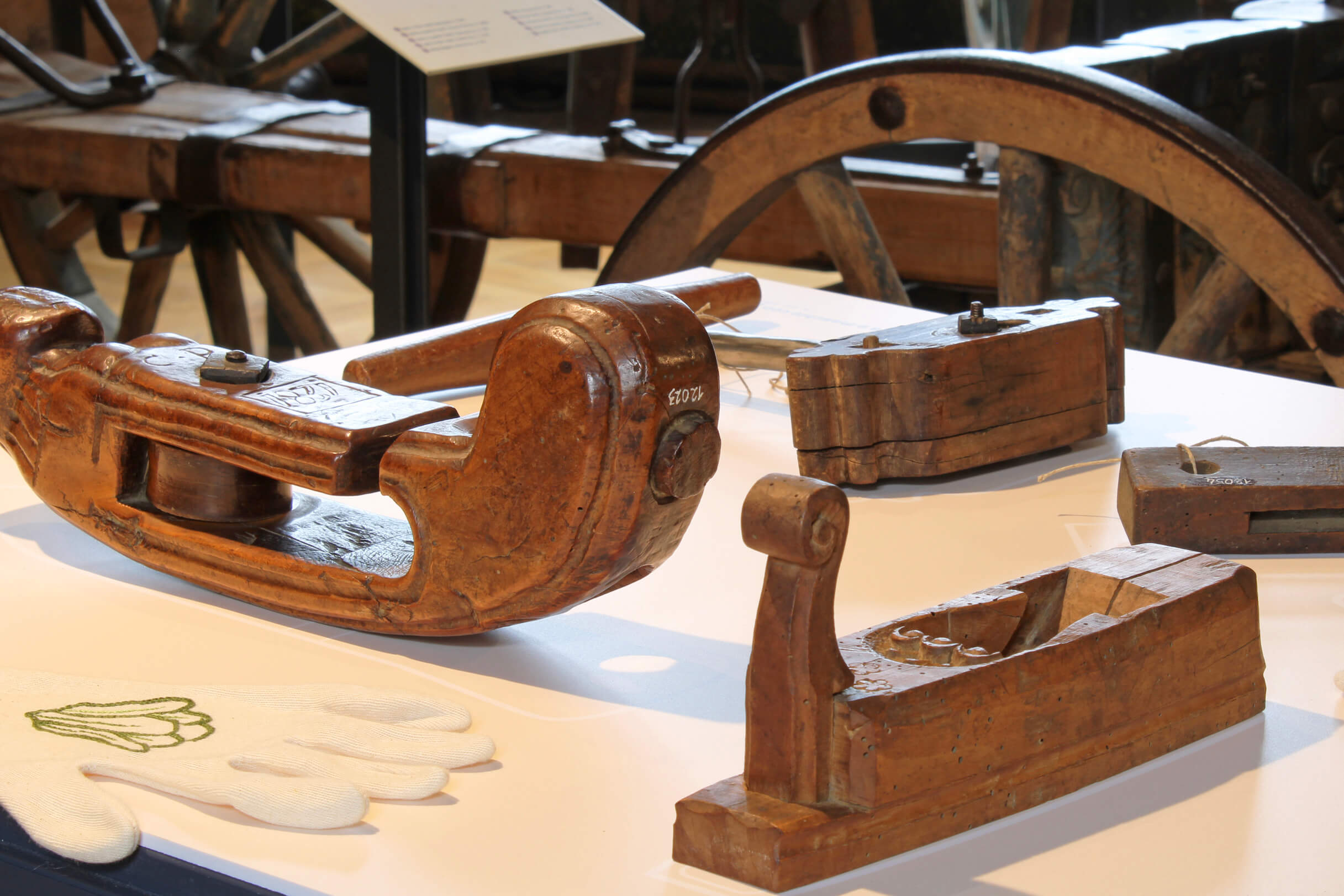
Claudio Beorchia’s latest project, “di mano in mano”, is on view at the METS – Museo Etnografico Trentino di San Michele from June 14 to September 7, 2025. It is the result of a collaboration between METS and iNEST – Interconnected Nord-Est Innovation Ecosystem, with Ca’ Foscari University of Venice as the Leader of the Spoke 6 ‘Tourism, Culture and Creative Industries’.
METS – Museo Etnografico Trentino San Michele
Via Mach 2, San Michele all’Adige (TN), Italy
Open Tuesday to Sunday, 10 AM – 6 PM
museosanmichele.it




